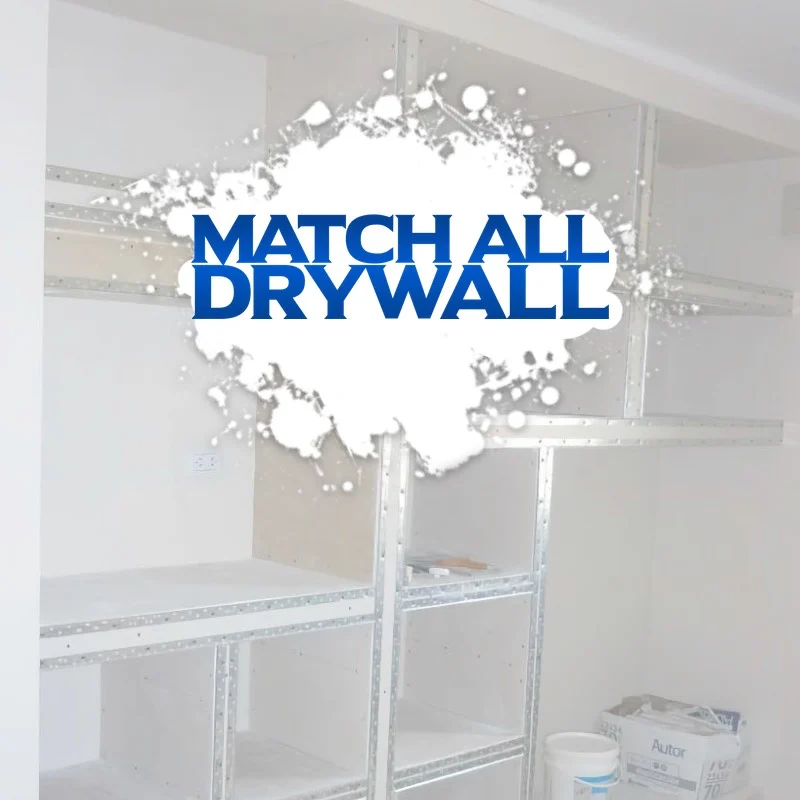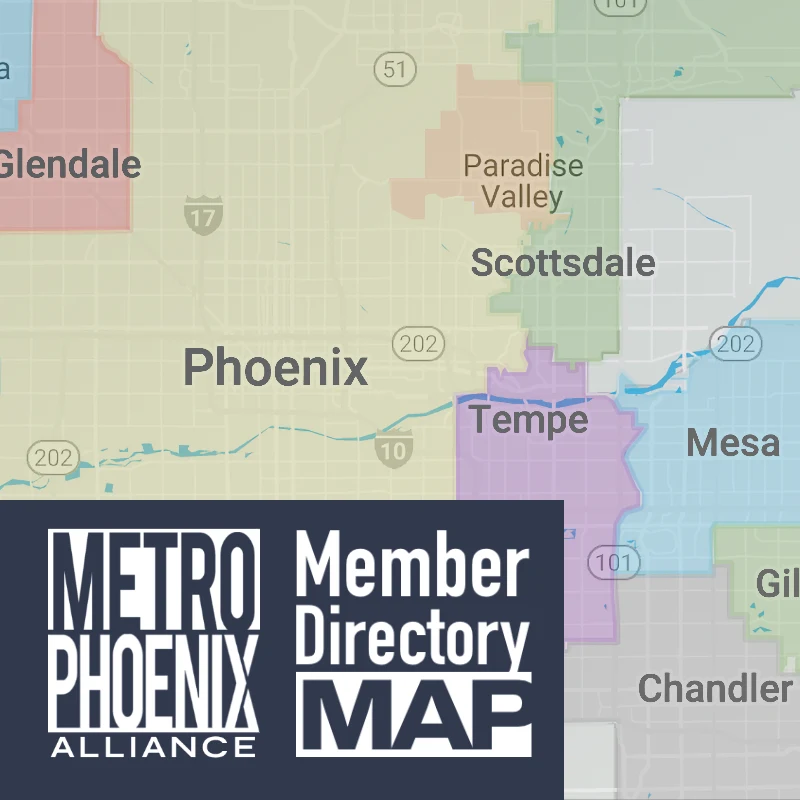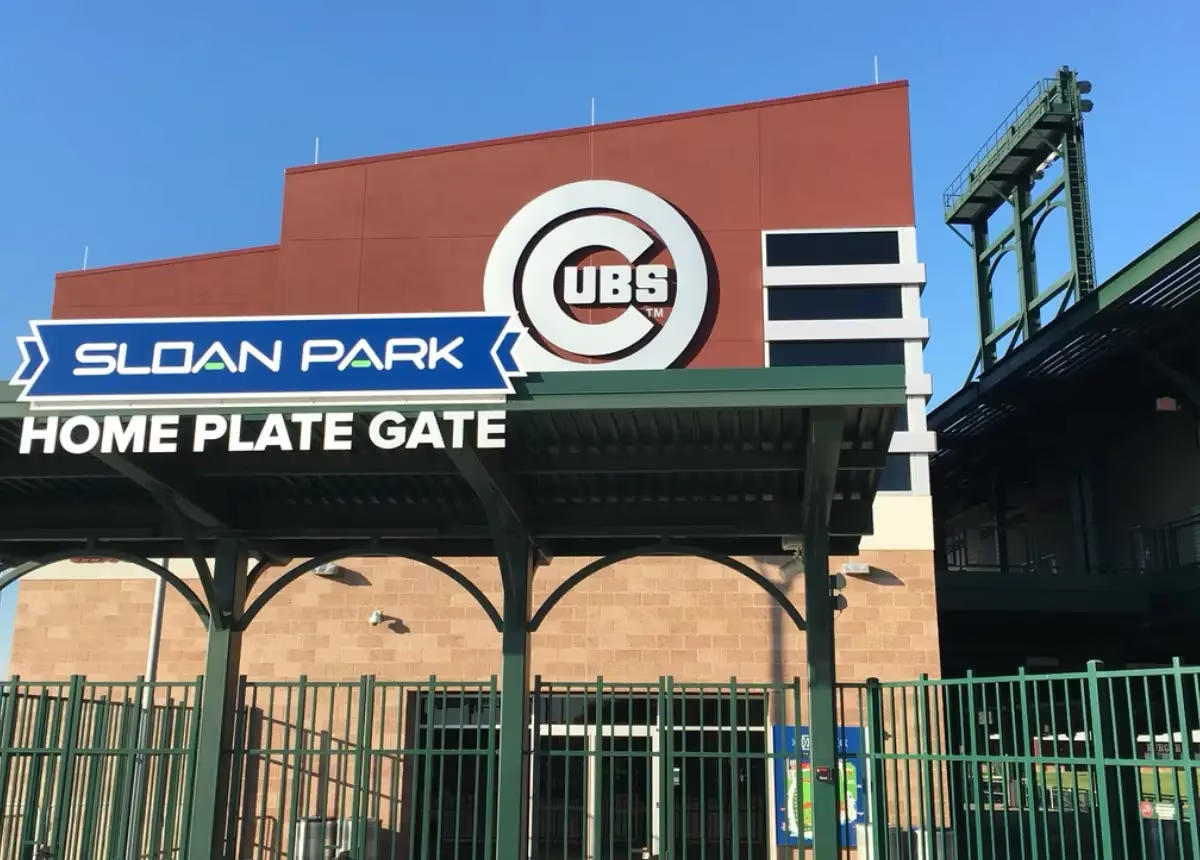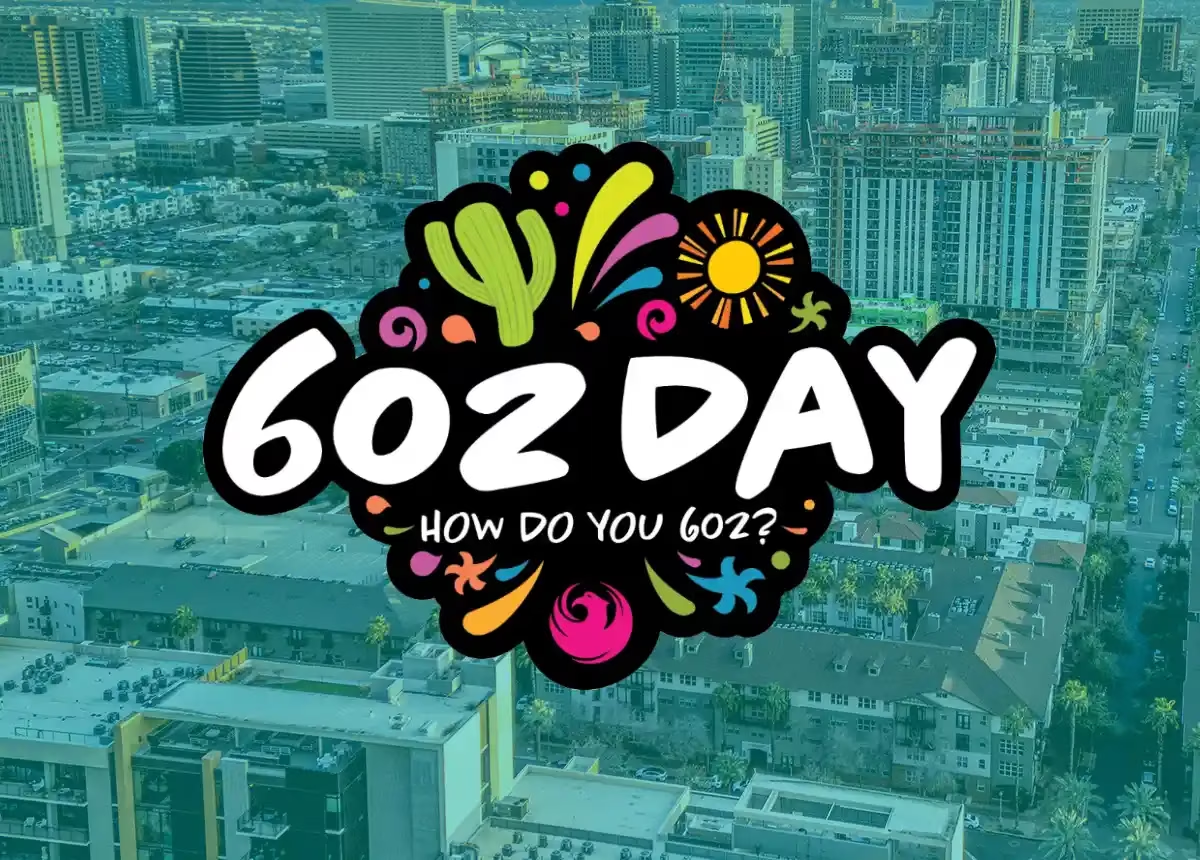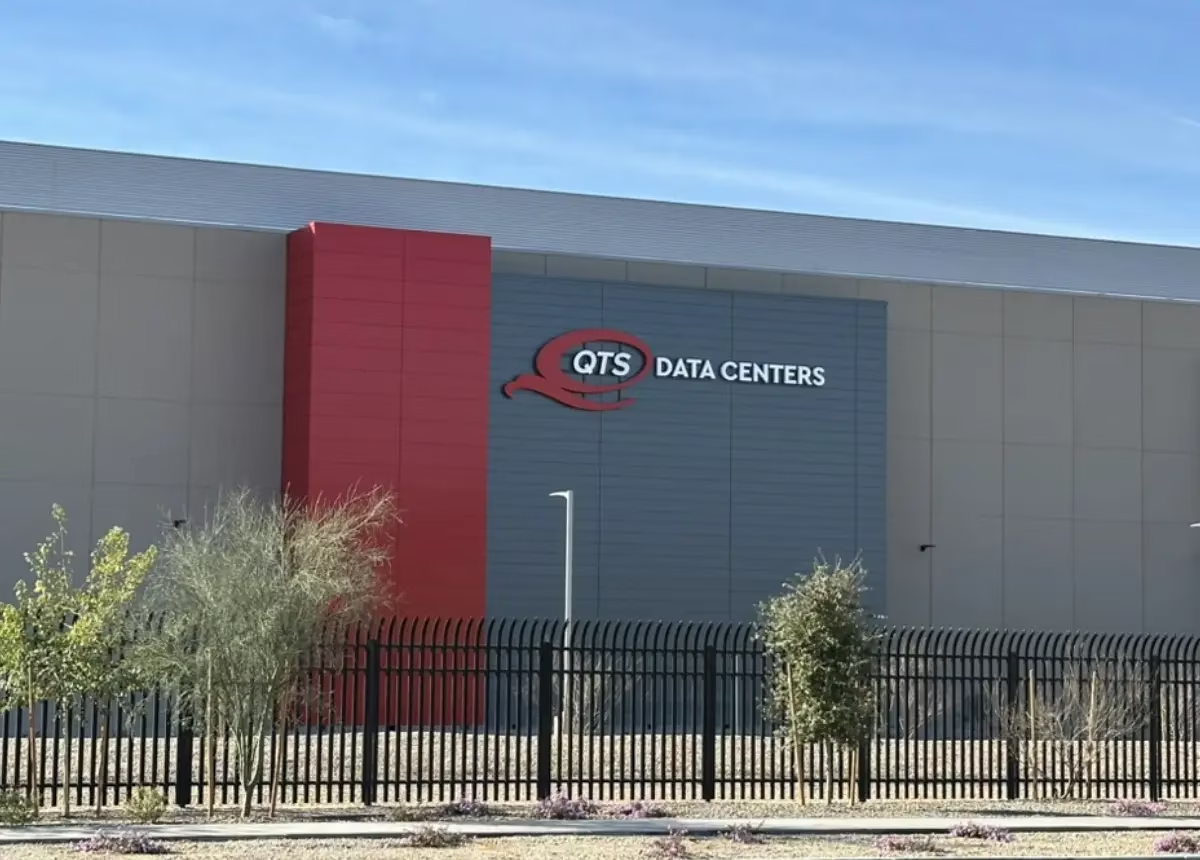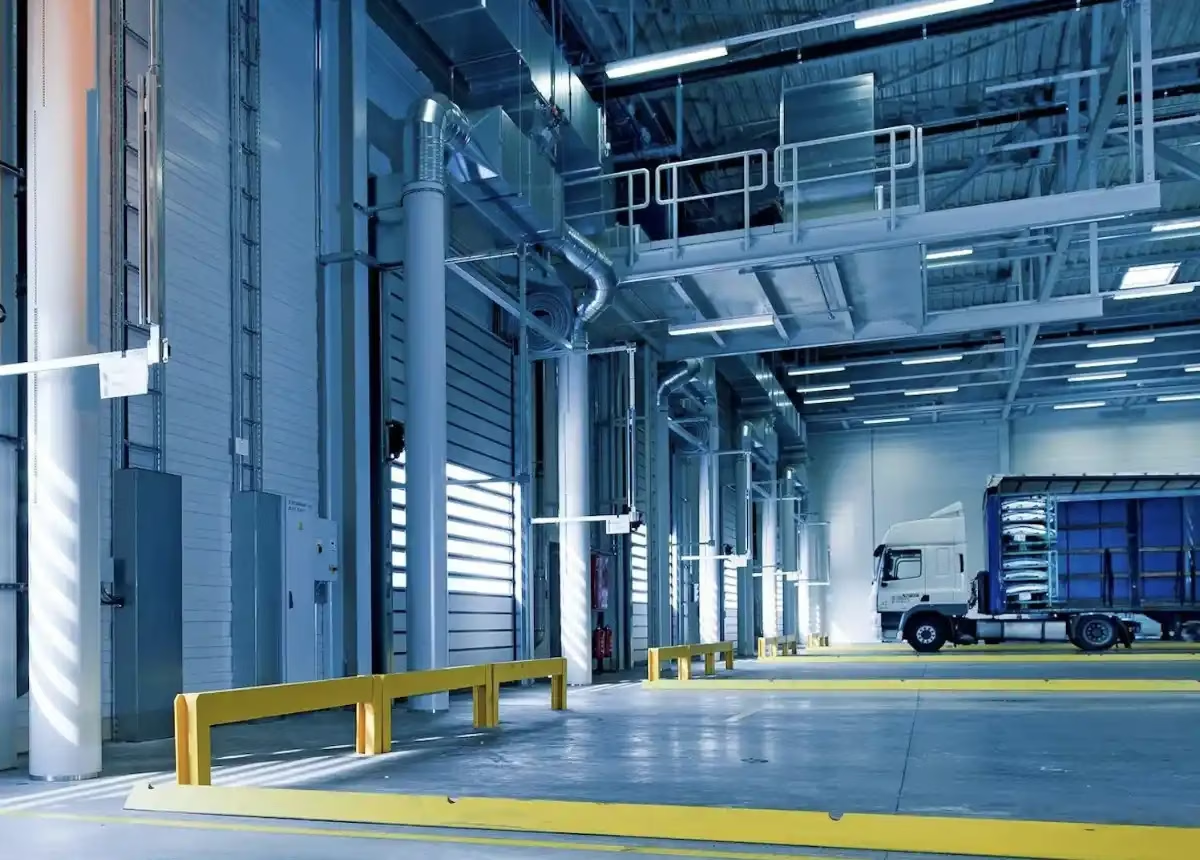
Growth, Development, Projected Growth
In the fourth quarter of 2024, Metro Phoenix maintained its position as the nation’s highest-performing industrial market. The region led the country in three key metrics, underscoring its sustained growth and robust development. The largest volume of industrial space was delivered during the quarter, totaling 7.16 million square feet. Additionally, it achieved the highest percentage increase in total stock through Q4 deliveries, expanding by 1.88%. Looking ahead, Metro Phoenix also topped the rankings for projected future growth, with its development pipeline expected to boost inventory by 5.75%.
In 2024’s last quarter, industrial real estate continued its trajectory as one of the steadiest commercial real estate classes. Pipelines continued slowing across most markets, while vacancies are still climbing at a measured pace. Consequently, in the fourth quarter of 2024, the overall trend for the market continued toward absorption of the record-breaking development of years past.
Key Takeaways
- Overall: Phoenix retained the #1 spot as the best-positioned industrial real estate market, while Orange County and the Inland Empire in California completed the Q4 podium.
- Average rent: All 30 major markets saw yearly increases in average asking rents, with Orange County recording the highest nationwide average rent at $16.2 per square foot.
- Vacancy: The Orange County industrial market was also one of only five major markets to see dropping vacancies quarter-over-quarter, recording the lowest rate in the study at 4.2% in Q4.
- Industrial construction: Across the 30 major markets, the fourth quarter saw 34.5 million square feet of industrial space go online, while a further 188.2 million is currently under construction. Phoenix led both in Q4 deliveries and ongoing pipeline.
- Average sale price: At $458.40 per square foot, industrial space in the Bay Area still nets the highest average sale price nationwide, followed by three other Californian markets in Orange County, Los Angeles and the Inland Empire.
- Loan maturities: Portland, Ore. received top marks for having the lowest share of industrial real estate loans maturing in 2025, followed by Bridgeport, Conn., and Baltimore.
- Search trends: Online search volume for industrial real estate keywords in Q4 was highest in Houston, while Boston recorded the most search interest growth year-over-year.
Top 10 Best-Scoring Industrial Markets
In Q4 2024, Phoenix held onto the title of best-scoring industrial market. The Valley of the Sun scored top marks in three different metrics, all of which are testaments to the market’s ongoing expansion: The city scored highest in industrial space delivered in Q4 (7.16 million square feet), expansion of stock through Q4 deliveries (1.88%) and projected expansion from the current pipeline (5.75%).
However, not even the nation’s fastest-growing industrial market proved to be immune to the sector’s general construction slowdown. Phoenix’s pipeline is also gradually declining, dropping to 22.3 million square feet in Q4 from 32.6 million in Q3. Nevertheless, Phoenix remains the most solid industrial market in the U.S. with a strong base in both manufacturing, as well as logistics.
Claiming the runner-up spot, Orange County, Calif., climbed no fewer than eight positions from Q3’s ranking to finish with a score of 50.3 points. Orange County’s significance in the logistics and distribution network of Southern California is evident through an industrial vacancy rate of 4.2% — the lowest among all 30 major markets included in the study and a 110-basis point (bps) drop from Q3 2024.
The market also scored well in terms of asking rent growth with a year-over-year (Y-o-Y) increase of 8.1% to maintain its status as the most expensive location to rent industrial space nationwide with an average cost per square foot of $16.2. At the same time, it was also the second-most expensive location by average sale price. In short, the Orange County industrial market is among the tightest in the nation, and the 1.5 million square feet of space underway here — a 0.75% expansion compared to current inventory — is unlikely to offer much leeway in the near future.
In third place, the neighboring Inland Empire, Calif. — the largest market by inventory in the entire top 10 at 667.1 million square feet — climbed four positions since the Q3 ranking, seeing higher average sale prices while the market’s pipeline continues to slip. On average, industrial properties here traded for $264 per square foot in the 12 months ending in December 2024, compared to $255 for the 12 months ending in September and $248 for December 2023. Online search interest for industrial keywords is also up 33% Y-o-Y, even as statewide searches dipped slightly in the same period.
Up next, Kansas City, Mo., reached #4 in our Q4 ranking report, after improving its scores in several key metrics. Most notably, KC is one of only five of the 30 major markets to see decreasing vacancy rates. In the fourth quarter of 2024, vacant industrial space in Kansas City amounted to 4.9% of stock — the third-lowest among all locations in the study. What’s more, the market is also one of the few where new construction starts outpaced deliveries, which resulted in a growing pipeline quarter-over-quarter (Q-o-Q) — from 10.7 million square feet in Q3 to 11.5 million in Q4. Additionally, rents climbed by 5% Y-o-Y to go from $4.8 per square foot in December 2023 to $5.1 per square foot at the close of 2024.
Atlanta matched its Q3 performance with a fifth-place finish, with fundamentals in line with national trends. With yearly rent growth just below 10% and a vacancy rate of 6.8% in December 2024 — up 70 bps Y-o-Y — the market is also busy digesting fresh developments delivered in the last few years. Here, fourth-quarter deliveries totaled 2.2 million square feet of industrial space, expanding Atlanta’s inventory by 0.4%. Meanwhile, the 8 million square feet in the pipeline will bring the market’s total up another 1.4%.
In sixth place, New Jersey is the Northeast’s most expensive location for renting industrial space among markets in the study, with its average asking rent of $11.4 per square foot. This figure is the result of a 12.7% yearly increase — the third-fastest growth out of all 30 markets in the study. Though New Jersey’s vacancy rate is still the highest regionally and among the highest nationwide at 8.8%, it only increased by 20 bps between the end of Q3 and Q4, signaling a plateau may be near. The market also added 3.25 million square feet of space last quarter — a 0.55% expansion — with 5.5 million additional square feet underway.
Placing seventh, Miami recorded the highest yearly rent growth (almost 15%) out of all markets in our study, ahead of the Inland Empire’s 13.2% and New Jersey’s 12.7%. Consequently, renting industrial space here has an asking price of $12.3 per square foot, on average, which also grants it the title of the fourth-most expensive market by average asking rent. Still, several indicators are pulling in the opposite direction, including a 2.5% expansion of current stock from projects currently underway, as well as a 340-bps increase in vacancies between Q3 and Q4.
Eighth-place Bridgeport, Conn., scored well across most metrics, earning a total of 42.7 points in Q4’s ranking. Boasting the study’s lowest vacancy rate in Q3 at 3.8%, Bridgeport was not immune to the general trend toward higher vacancy rates, ticking up to 4.7% in Q4. That figure now stands as the second-lowest vacancy rate in the study behind Orange County, Calif.’s 4.2%, although the two markets have veered in opposite directions in terms of occupancy.
Houston earned ninth place with a combination of strong online search interest for industrial space and good showings across most other metrics. Notably, search volume for industrial spaces and related keywords in Space City are up more than 60% compared to a year prior, resulting in the highest market-wide search volume on the list in Q4. At the same time, the vacancy rate stayed above 7%, while last-quarter deliveries expanded the market by only 0.2%.
Finally, closing out last quarter’s top 10 list, the Portland, Ore. industrial market saw a 7.2% increase in rents year-over-year (Y-o-Y) and a 130-bps increase in vacancies since Q3. The market earned top marks for its percentage of industrial loans maturing this year, which stand at just 4.3%.






